
QX100™ Droplet Digital™ PCR system
Bio-Rad’s QX100™ Droplet Digital™ PCR system provides an absolute measure of target DNA molecules with unrivaled precision and accuracy.
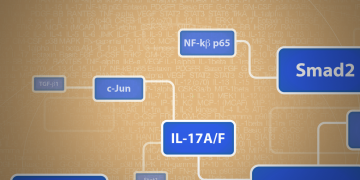
Bio-Rad Introduces New Bio-Plex® Human Cancer Assays
Bio-Plex Pro™ Human Cancer Biomarker Panel 1 is a unique blend of magnetic bead-based assays designed to meet the needs of the most discerning preclinical and clinical researchers.
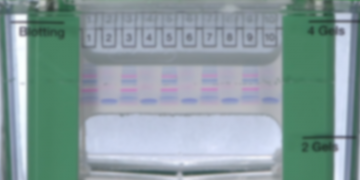
TGX Stain-Free™ Precast Gels
Mini-PROTEAN® TGX Stain-Free™ and Criterion™ TGX Stain-Free™ precast gels, when combined with Bio-Rad’s ChemiDoc™ MP or Gel Doc™ EZ imagers, provide researchers with the fastest protein separation and visualization available using the standard Laemmli system.

Protein Expression and Purification Series — A Laboratory Course for Training Researchers
Protein Expression and Purification Laboratory Course for Training Researchers on Protein Expression and Purification.

ProteOn™ HTE Sensor Chip
The HTE sensor chip is designed for label-free biomolecular interaction analysis with polyhistidine-tagged proteins. It features a novel tris-NTA (3-NTA) surface for excellent performance of polyhistidine-tagged protein capture, providing high binding stability and regeneracy. It is an ideal choice for the applications of protein-small molecule and other protein interactions requiring high sensitivity.

One Array, 36 Unique Protein Interactions
The ProteOn XPR36 protein interaction analysis system was introduced in 2006 to provide a novel array technology to researchers conducting label-free analysis of proteins. The ProteOn system is a high-throughput surface plasmon resonance-based screening tool for a wide range of applications from small-molecule drug discovery to antibody kinetic ranking, epitope binning, and epitope mapping.
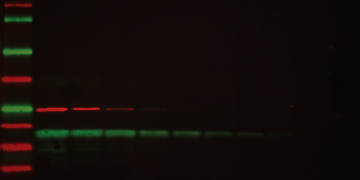
Immun-Blot® LF (Low Fluorescence) PVDF Membranes
Immun-Blot LF (low fluorescence) PVDF membranes are protein blotting membranes optimized for fluorescent and multiplex fluorescent applications. They offer high signal-to-background ratio, low autofluorescence, and superior protein retention to maximize blot detection sensitivity and enable downstream quantitation.
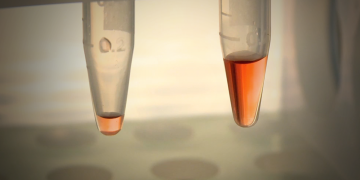
Identifying Cardiac Defect–Related Protein Signatures
Identifying Cardiac Defect–Related Protein SignaturesAugust 15, 2011
“The first opportunity I had to lay my hand on a human heart I knew that was that — I knew that I wanted to know how the heart works, but more importantly, how it doesn’t work,” says Dr Francis Spinale, describing his inspiration to both research and treat cardiac disease. Using the Bio-Plex® suspension array system, researchers in his laboratory are discovering protein signatures that have the potential to inform decision strategies in cardiac patient treatment.
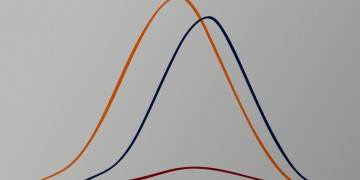
Guidelines for Developing Robust and Reproducible High-Resolution Melt Analysis Assays
Classifying and understanding genetic variation between populations and individuals is an important aim in the field of genomics. High resolution melt (HRM) analysis is the quantitative analysis of the melt curve of a DNA fragment following amplification by PCR and can be considered the next-generation application of amplicon melting analysis. Careful sample preparation and planning of experimental and assay design are crucial for robust and reproducible results.
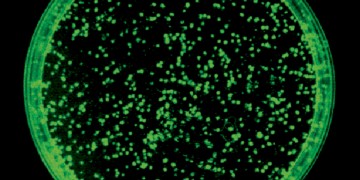
Protein Quantitation Assays — Frequently Asked Questions
Protein quantitation is an important part of many workflows. The estimation or quantitation of the protein in a sample frequently allows researchers to understand the results from their work and make decisions on the subsequent steps. Presented are answers to some of the most frequently ask questions related to usage of Bio-Rad’s colorimetric assays for protein quantitation.
